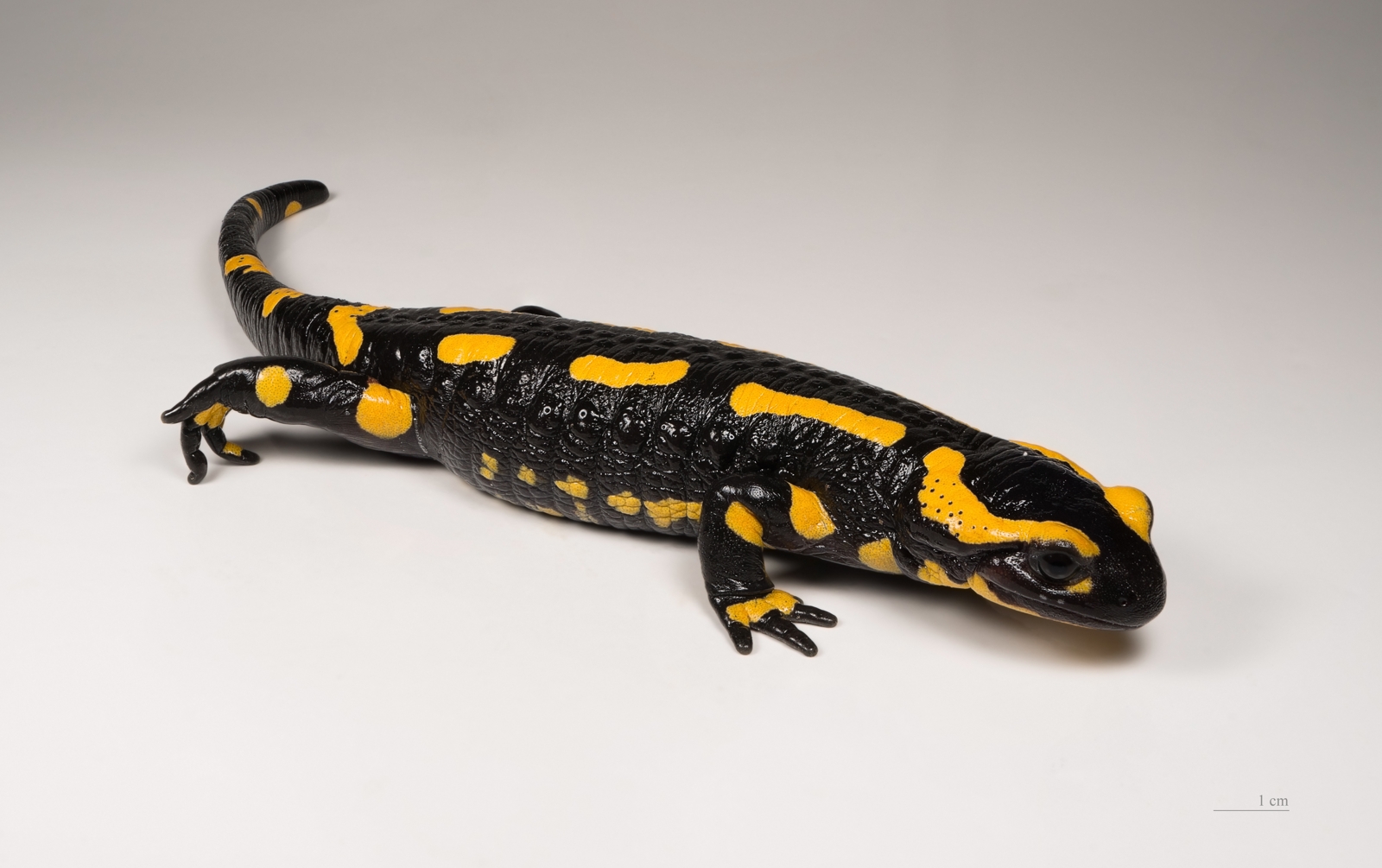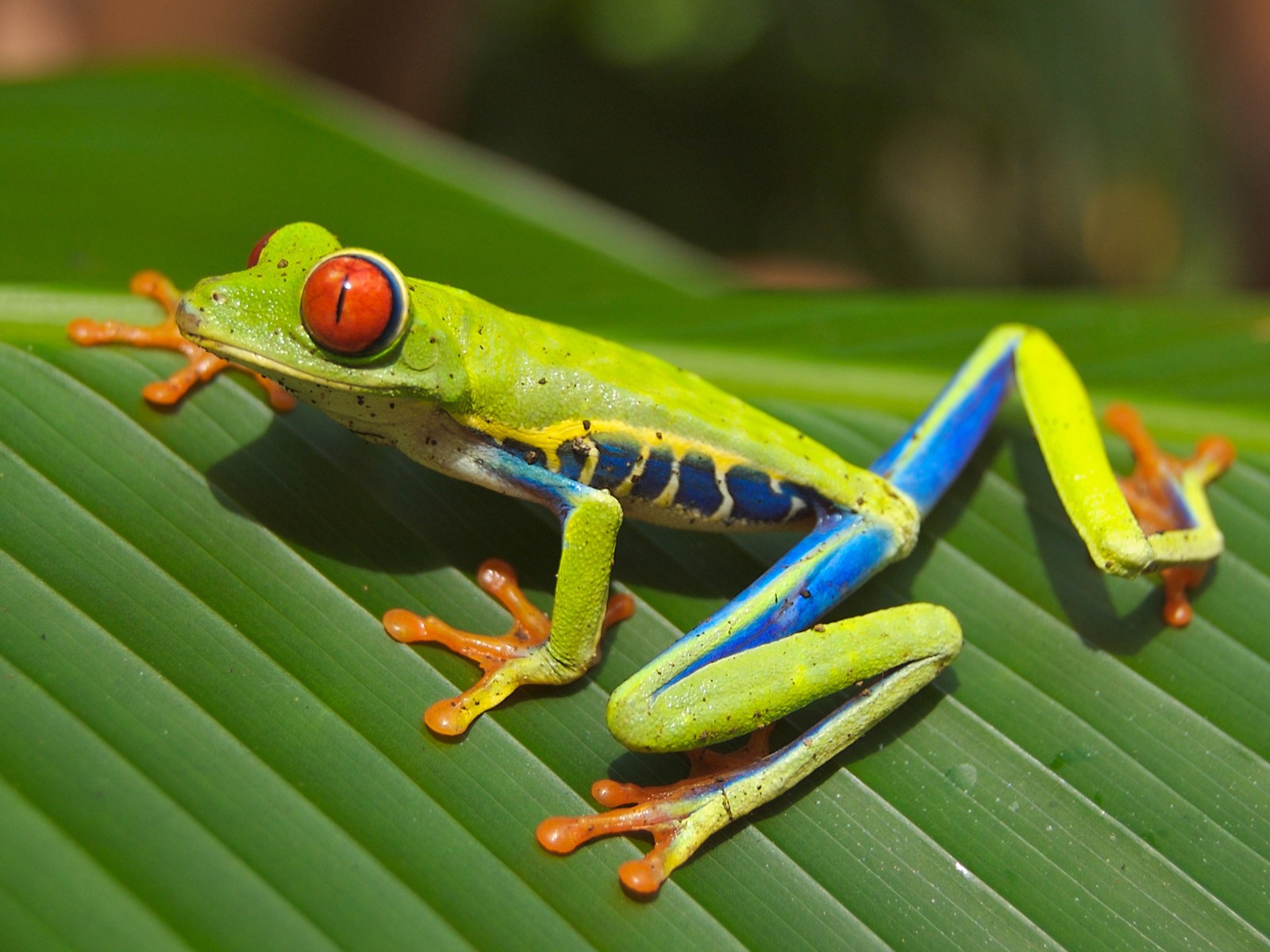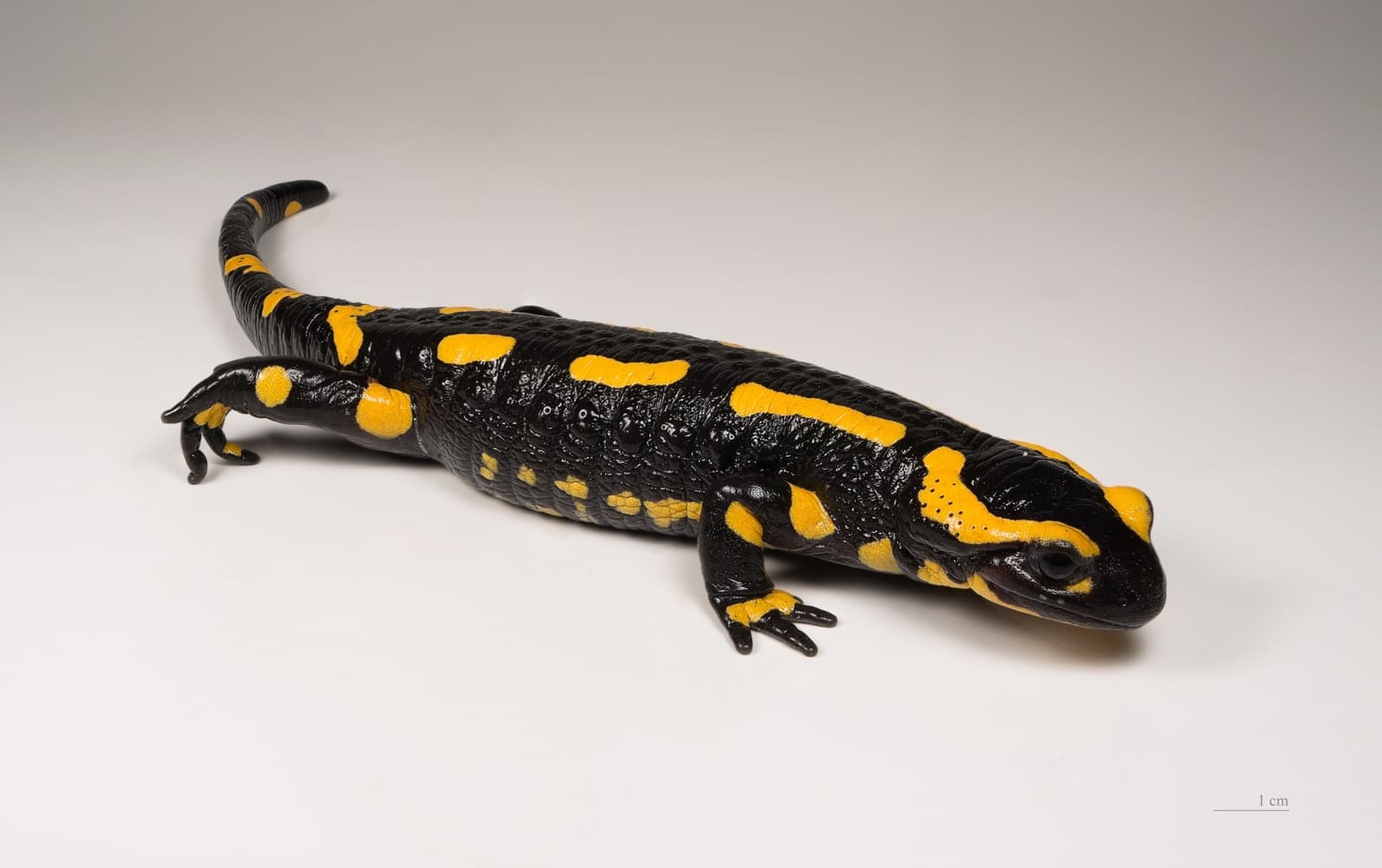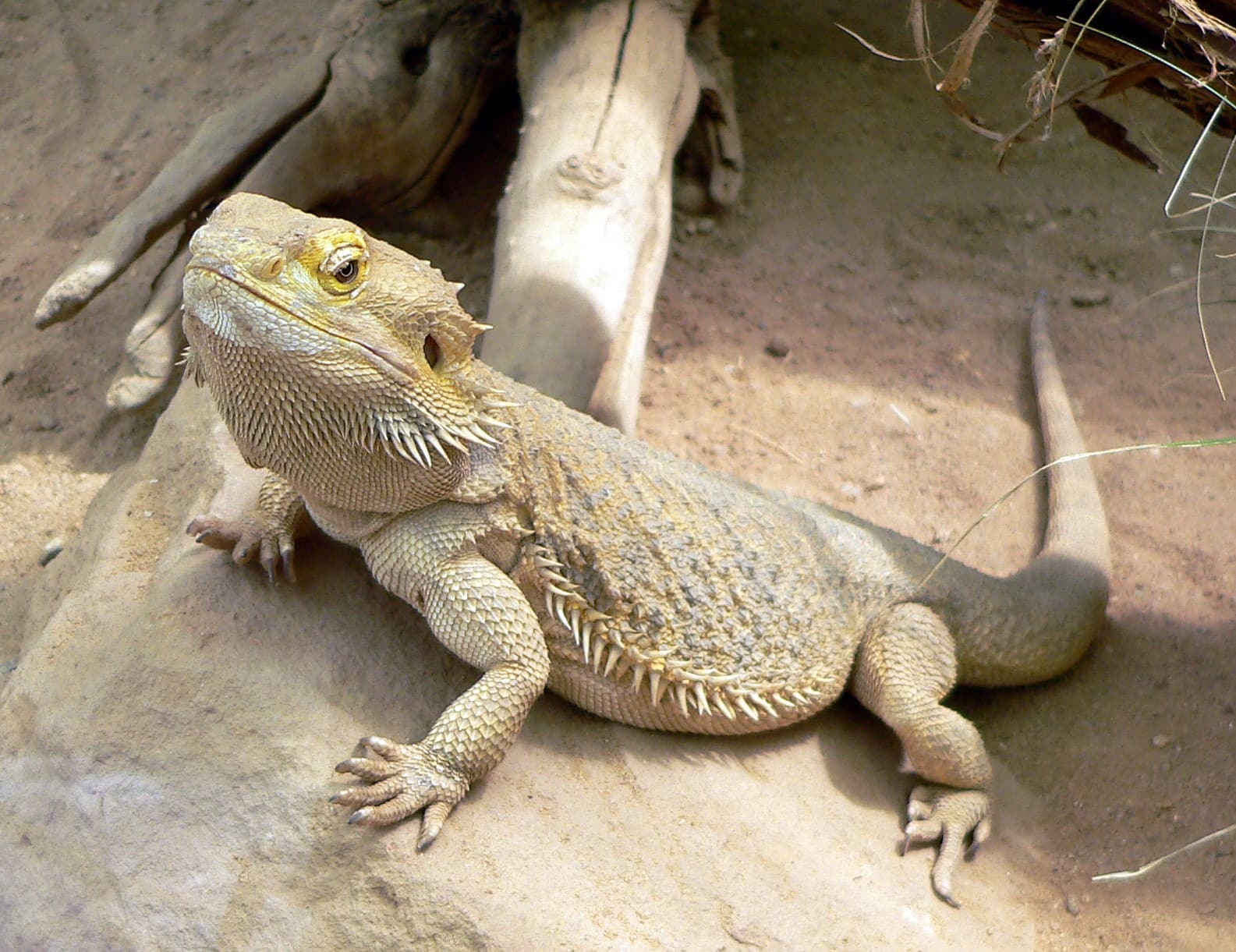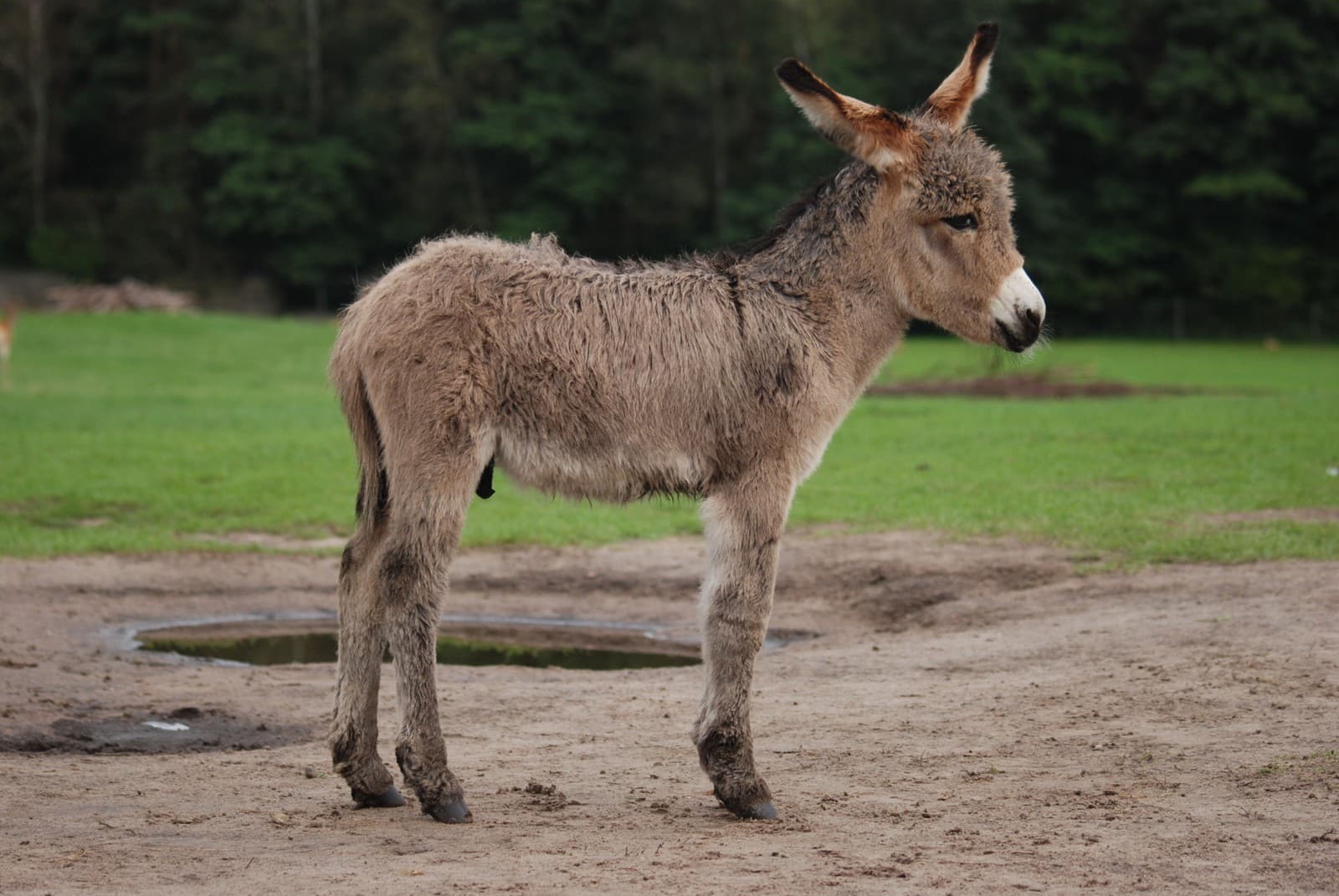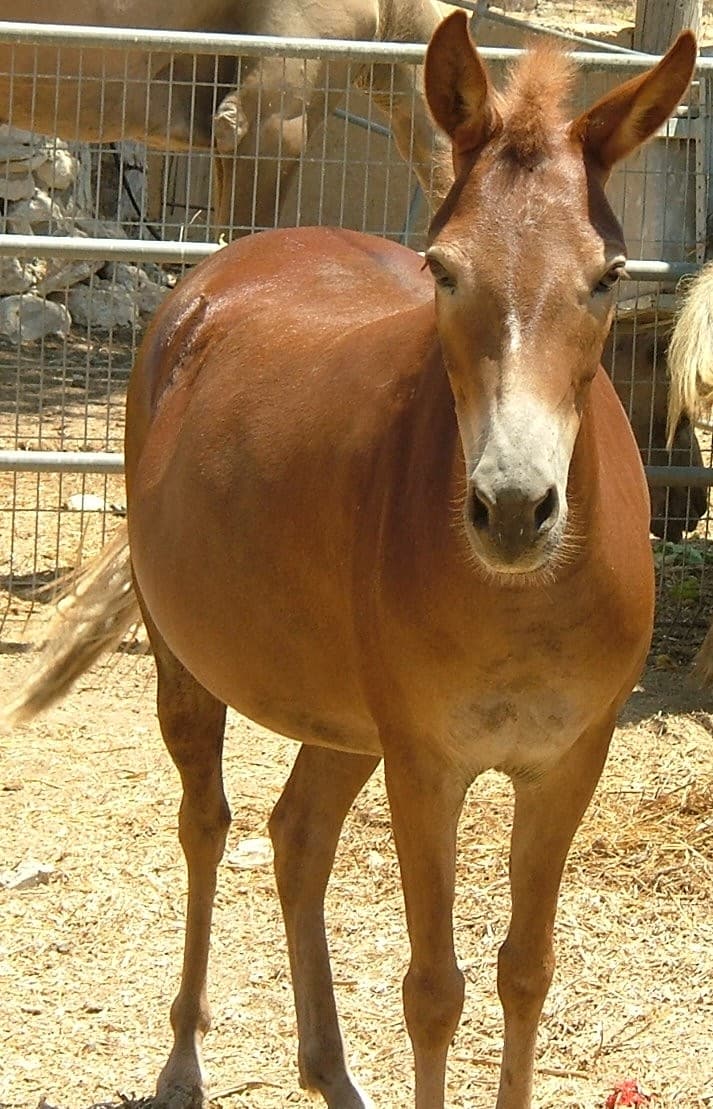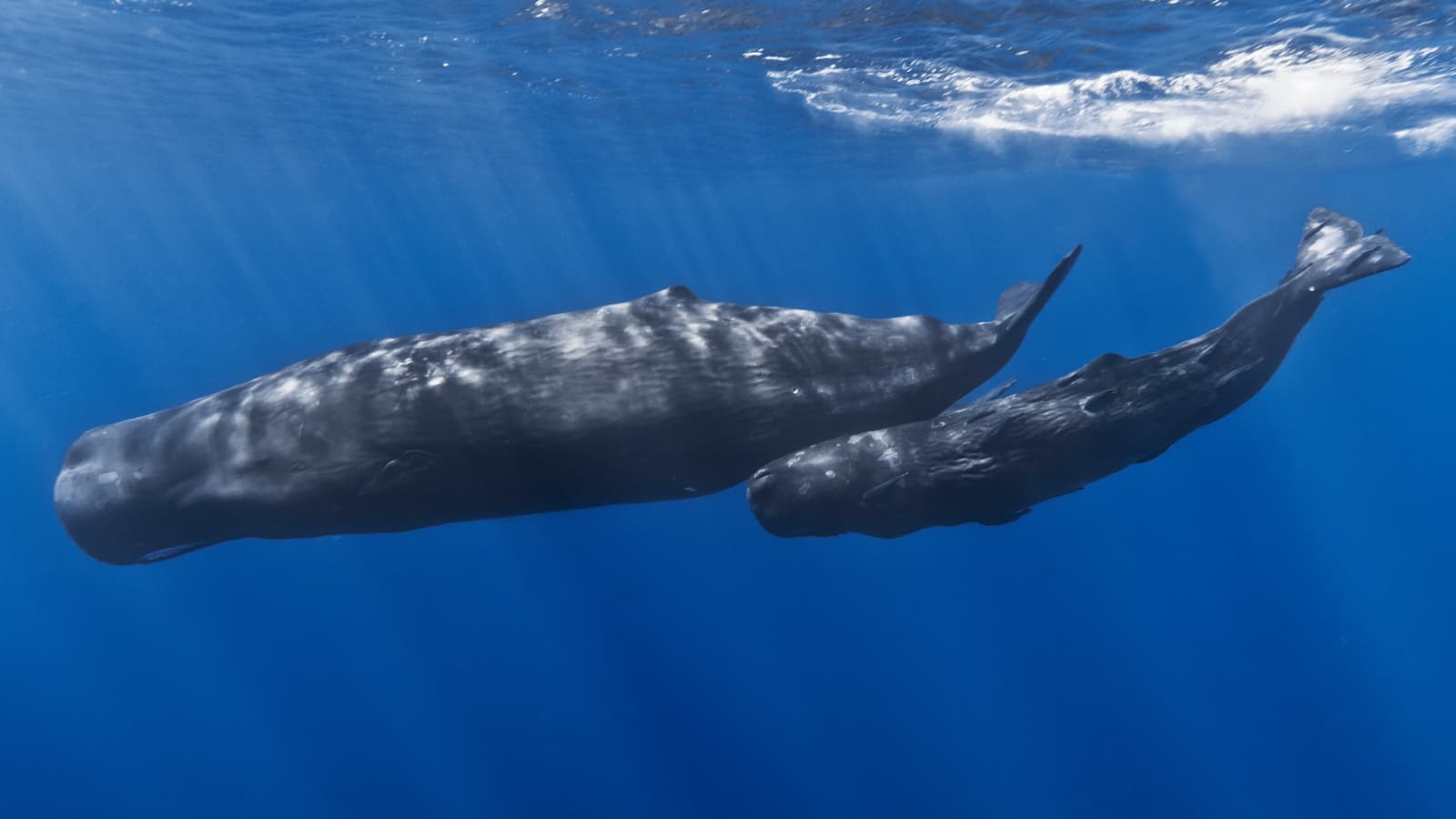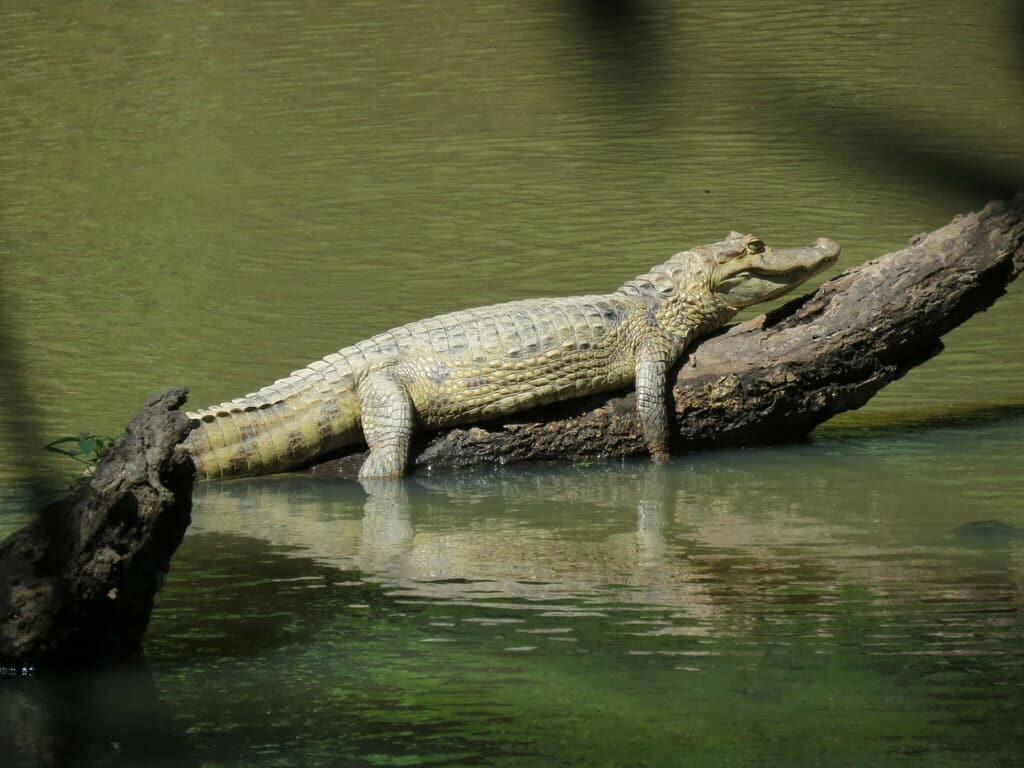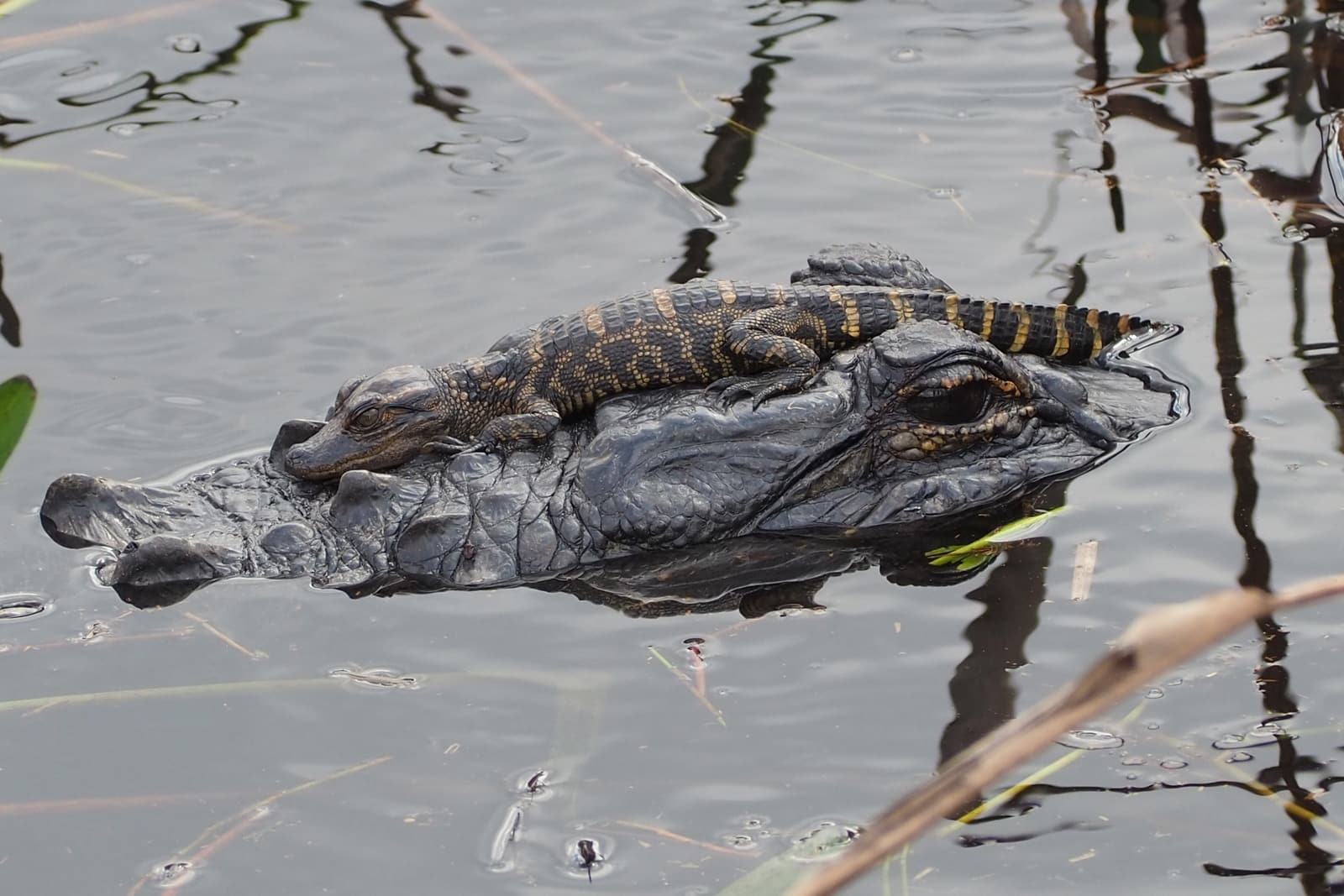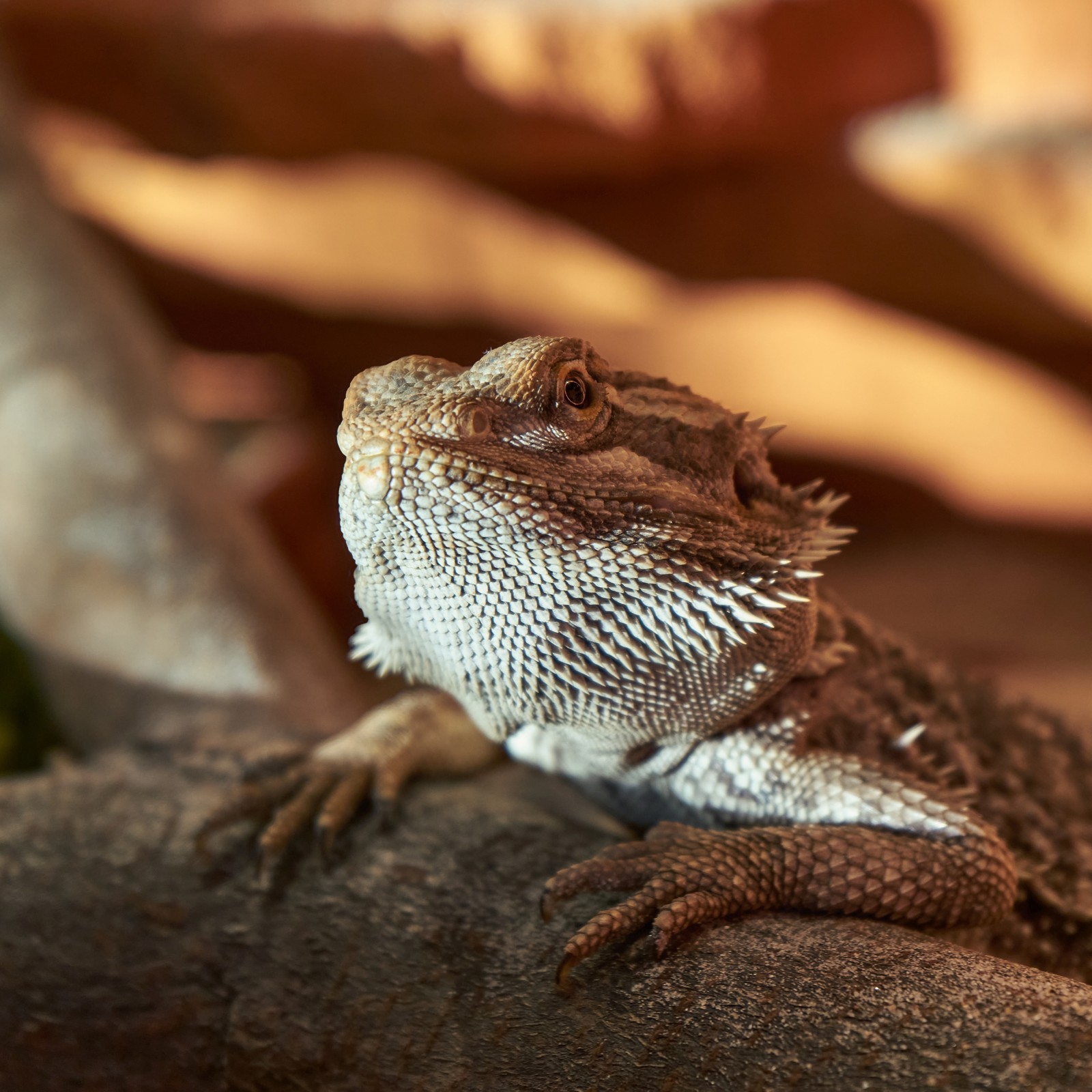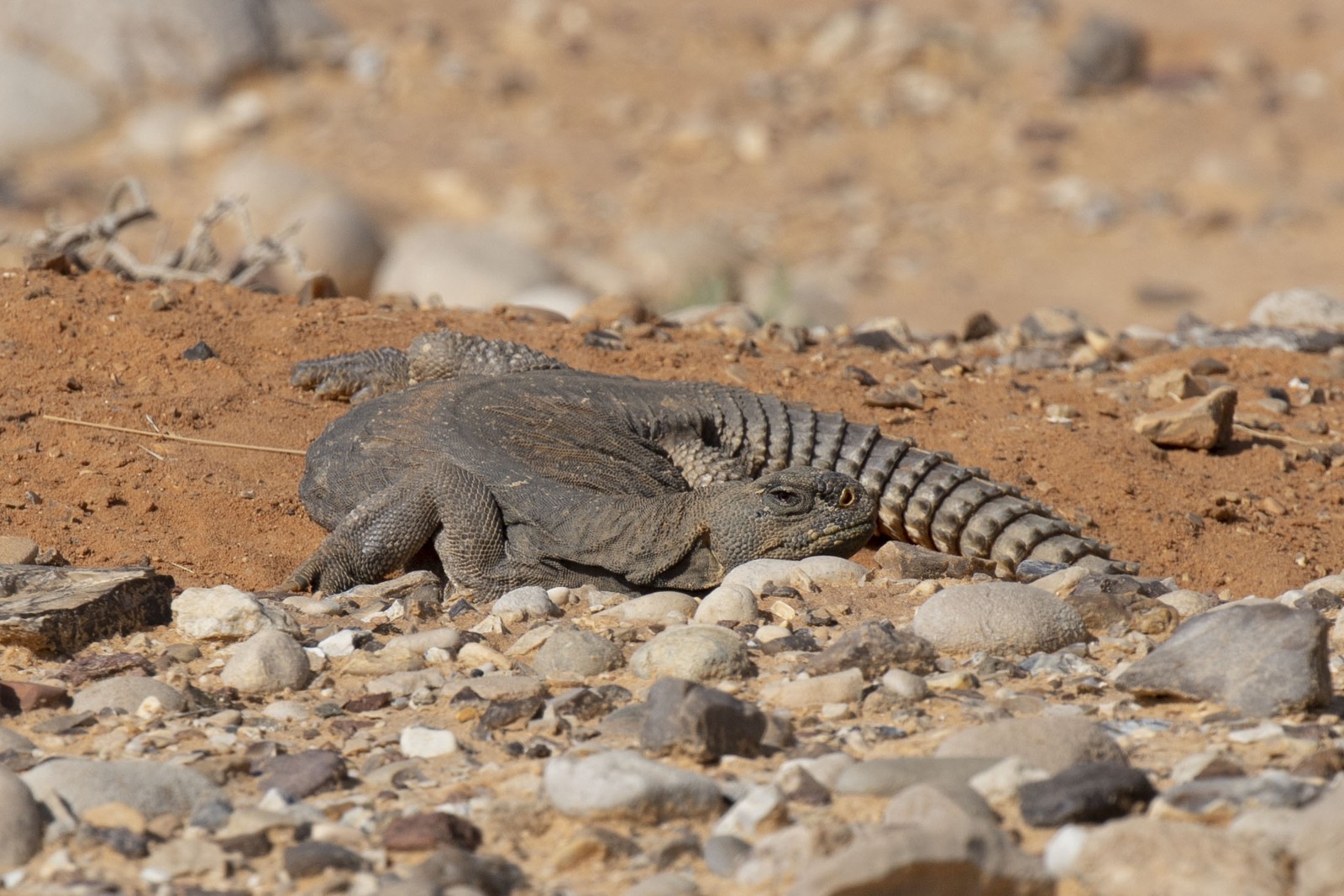Newt vs Salamander: A Complete Comparison
While all newts are salamanders, not all salamanders are newts. This fundamental distinction helps explain the relationship between these fascinating amphibians. Newts represent a specialized subset of salamanders, specifically belonging to the subfamily Pleurodelinae, with approximately 100 species worldwide compared to over 750 salamander species.
The key difference between newts and salamanders lies in their life cycles and habitat preferences. Newts typically spend more time in water as adults and have rougher, warty skin, while most salamanders prefer terrestrial environments and maintain smoother skin textures. Understanding these distinctions helps explain their unique adaptations and behaviors in the wild.
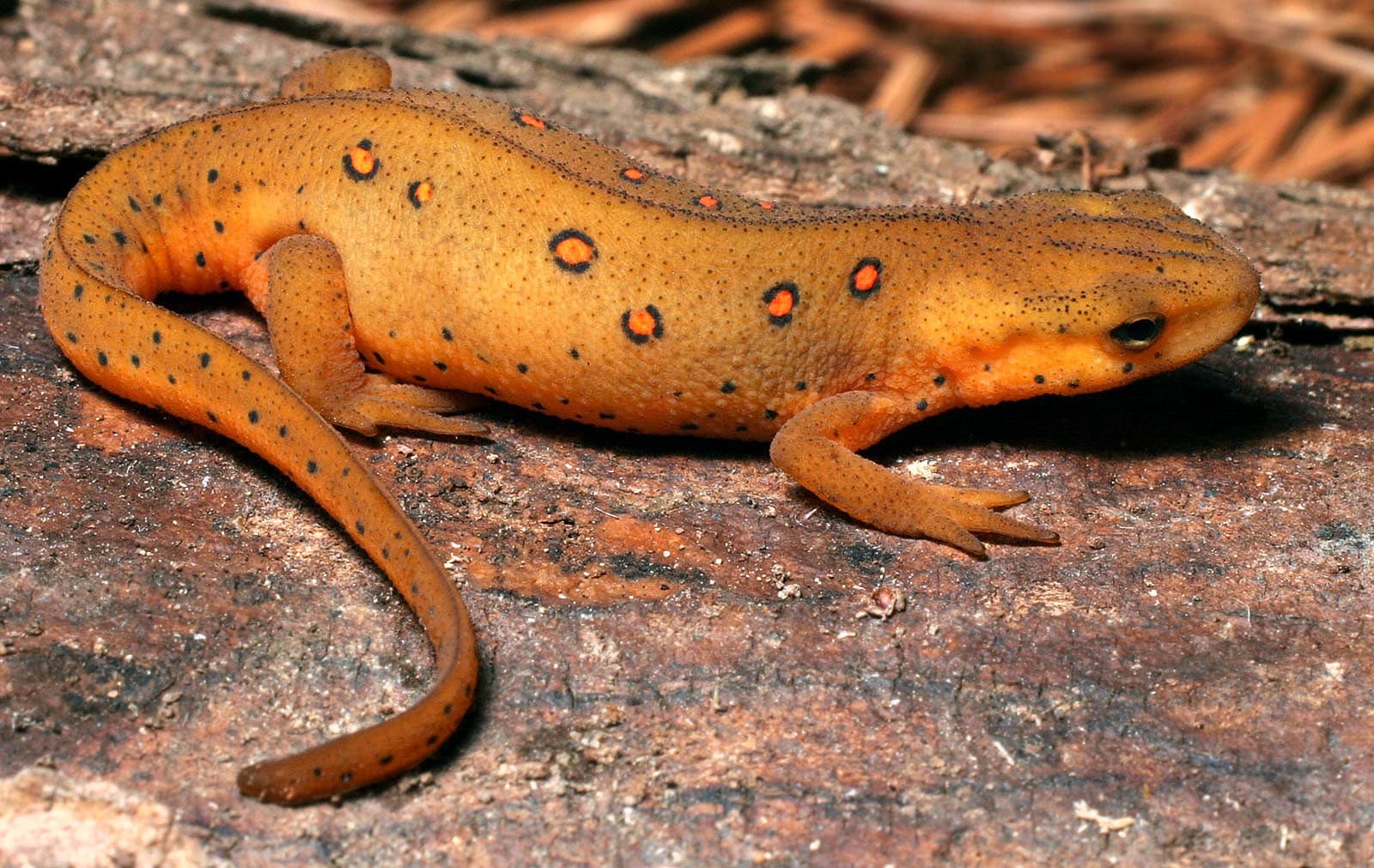
© Patrick Coin (Patrick Coin) / CC BY-SA 2.5
The Eastern Red-Spotted Newt exemplifies classic newt characteristics with its aquatic adaptations and distinctive spotted pattern. Notice the slightly rougher skin texture and more compressed tail shape, typical features that distinguish newts from other salamanders.
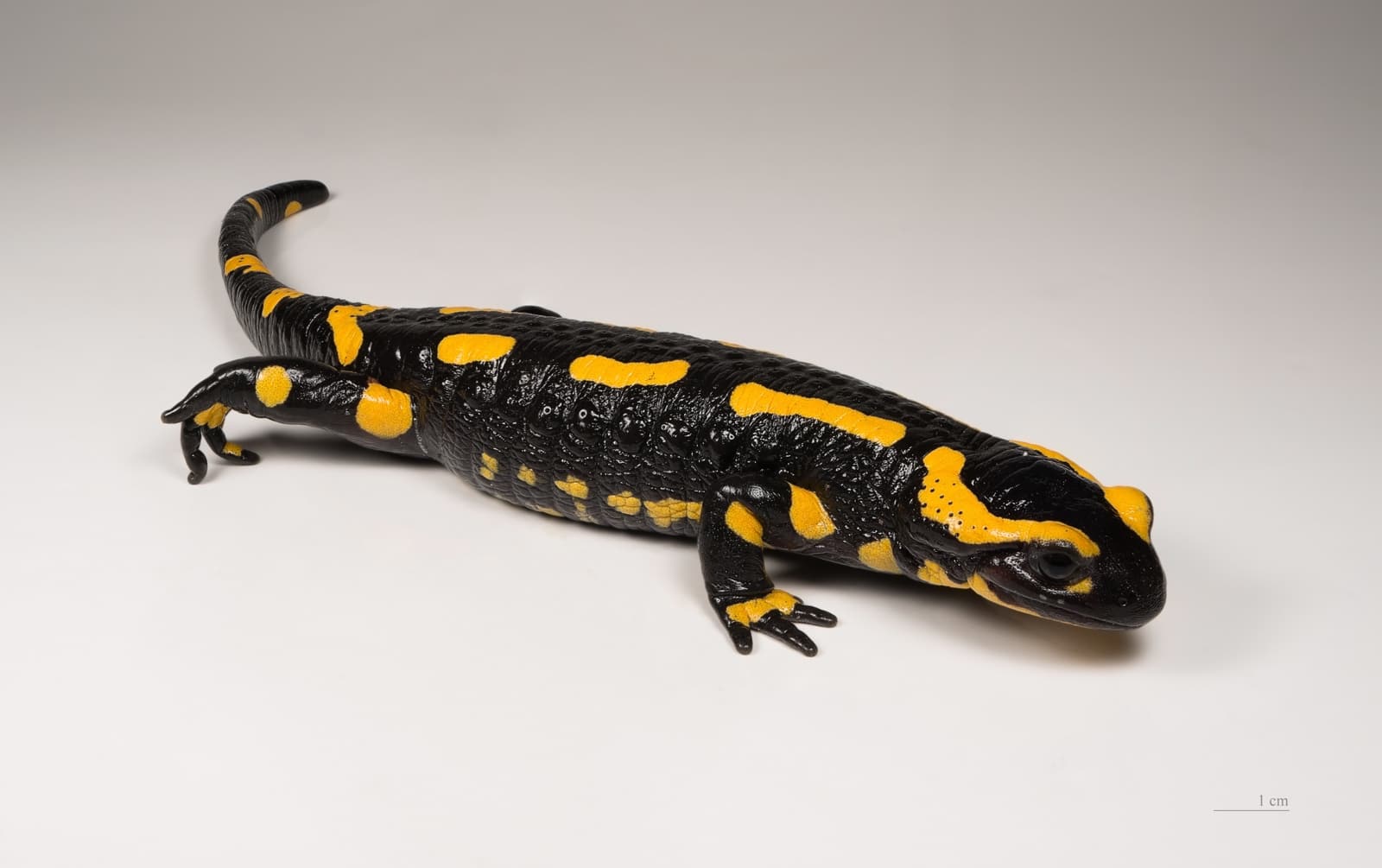
© Didier Descouens / CC BY-SA 4.0
The Fire Salamander demonstrates typical salamander traits with its robust terrestrial body form and striking warning coloration. The smoother skin texture and thicker tail are characteristic features that distinguish most salamanders from their newt cousins.
Key Differences Between Newts and Salamanders
| Feature | Newt | Salamander |
|---|---|---|
| Adult Habitat | Primarily aquatic | Mostly terrestrial |
| Skin Texture | Rougher, often warty | Smoother, more moist |
| Tail Shape | Flattened laterally | Usually rounded |
| Size Range | 2-7 inches (5-18 cm) | 1-12 inches (2.5-30 cm) |
| Life Cycle | Complex with distinct juvenile phase | Generally simpler |
| Swimming Ability | Excellent swimmers | Variable, species dependent |
Habitat and Behavior
Newts demonstrate a stronger affinity for aquatic environments, particularly during their adult phase. They possess specialized adaptations like laterally compressed tails that enhance swimming efficiency. Most species spend significant time in ponds, streams, and other water bodies, emerging primarily during breeding seasons.
Salamanders, conversely, show greater diversity in habitat preference. While some species are entirely aquatic, many spend most of their lives in moist forest floors, caves, or underground burrows. They typically return to water only for breeding purposes.
Physical Characteristics
Size and Body Structure
Newts typically range from 2-7 inches (5-18 cm) in length, with streamlined bodies adapted for swimming. Their tails are often flattened laterally, providing better propulsion in water. Salamanders show greater size variation, from the tiny 1-inch (2.5 cm) minute salamanders to the impressive 12-inch (30 cm) giant salamanders.
Skin and Coloration
Both groups maintain moist, permeable skin essential for respiration, but notable differences exist:
- Newts: Rougher texture, often with visible granular glands
- Salamanders: Generally smoother skin with more pronounced mucous glands
Life Cycle Differences
Newts exhibit a more complex life cycle, typically including:
- Aquatic larval stage
- Terrestrial juvenile phase (often called an eft)
- Aquatic adult phase
Most salamanders follow a simpler pattern:
- Aquatic larval stage
- Terrestrial adult phase
- Return to water only for breeding
Who Would Win: Newt vs Salamander
In a theoretical encounter, the outcome would depend heavily on the environment and species involved. However, several factors influence potential interactions:
- Size advantage: Larger salamander species generally have a physical advantage
- Toxicity: Many newts produce potent toxins for defense
- Habitat advantage: Environment plays a crucial role in determining capability
- Agility: Newts show superior aquatic mobility
Conservation Status
Both groups face similar environmental challenges:
- Habitat loss
- Climate change impacts
- Water pollution
- Disease spread, particularly amphibian fungal infections
Conservation efforts focus on protecting both aquatic and terrestrial habitats essential for these remarkable amphibians’ survival.
